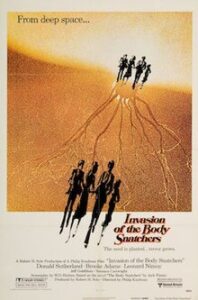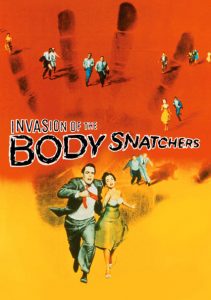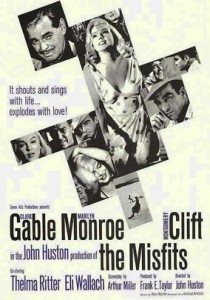Invasion of the Body Snatchers-1978
Director Philip Kaufman
Starring Donald Sutherland, Brooke Adams, Veronica Cartwright
Top 250 Films #217
Top 40 Horror Films #31
Scott’s Review #1,434
Reviewed July 22, 2024
Grade: A-
Even though this film is a remake and remakes are usually not as good as the original, I am partial to the 1978 version of Invasion of the Body Snatchers versus the 1956 release.
This might even be one of the best remakes ever.
The 1950s version has a campy science fiction element popular in the decade, featuring frightening, otherworldly elements like The Day the Earth Stood Still (1951) or Invaders from Mars (1953), which were meant to promote the idea of invaders taking over the Earth.
This was enough to scare the bejesus out of middle America, USA, and their white picket fence-encased neighborhoods.
The 1970s version leaves behind any camp in favor of a straight-ahead sci-fi/horror hybrid. A glamorous and artistic approach oozes from the 1970s and various exterior sequences of San Francisco that make it superior to the original.
It’s a more polished and mainstream-ready product that works better for this film.
By far the best scene is the final scene between a perfectly cast Donald Sutherland and Veronica Cartwright, which left chills going up and down my spine.
I won’t spoil the fun, but suffice it to say that the actor’s facial expressions make the scene exceptional, mixed with the creepy sound effects.
Director Philip Kaufman also toys with his audience when he teeters ambiguously between his leading ladies. Is Cartright the ‘final girl’ or is it Brooke Adams? In parallel to Hitchcock’s Psycho (1960), the lead may not be who you assume it to be.
Matthew Bennell (Donald Sutherland) is a health inspector who assumes that when his friend and colleague Elizabeth (Brooke Adams) complains of her husband’s strange mood, it’s a cheating husband or an exaggerated concern.
He begins to worry, however, as more people report similar observations about their loved one’s strange behavior.
His concern is confirmed when writer Jack Bellicec (Jeff Goldblum) and his wife (Veronica Cartwright) discover a mutated corpse creating a city-wide epidemic where humans are replaced by alien doubles void of humanity or emotion.
The casting is first-rate, especially because Sutherland is front and center. The actor does wonders with his bulging blue eyes and a spacey demeanor. This works well in a film where we wonder whether his character is ‘one of them’.
He’s also a good actor and easily carries the film along with Adams and Cartright.
Kaufman peppers the film with eerie atmospheric elements like the mysterious parasitic alien race scurrying to harvest before their planet dies, and small seed pods amid hallucinogenic pink flowers.
The success is mainly because the audience is left uncertain about whether to hate the aliens or feel sorry for them. Since they are ambiguous, this leaves confusion and, therefore, a sense of empathy.
Speaking of the exterior sequences, a great one occurs on the streets of San Francisco when a hysterical man warns Elizabeth and Matthew of danger as a mob pursues him. He is then killed in a hit-and-run, surrounded by emotionless onlookers.
Eagle-eyed viewers will spot Kevin McCarthy, the leading man in the 1950s film, and director Don Siegel.
When this scene plays, it is eerie and cements the fact that the small group of friends must stick together against a mob of clones.
Wisely, Kaufman assures that the story does not play for laughs or appear over the top or silly. The gritty camera angles, superior makeup crew, and wonderfully practical sound effects confirm that he is making a film to be remembered.
Taking what the 1950s version created but only scratched the surface of the potential during a cinematically safe decade, the 1978 Invasion of the Body Snatchers has muscle and compels from start to finish.
Years later, it still holds up wonderfully well among similar stylistic and popular horror films like Jaws (1975), Carrie (1976), Dawn of the Dead (1978), and Halloween (1978).
On a larger level, it also confirms the 1970s as the greatest decade for horror films.


